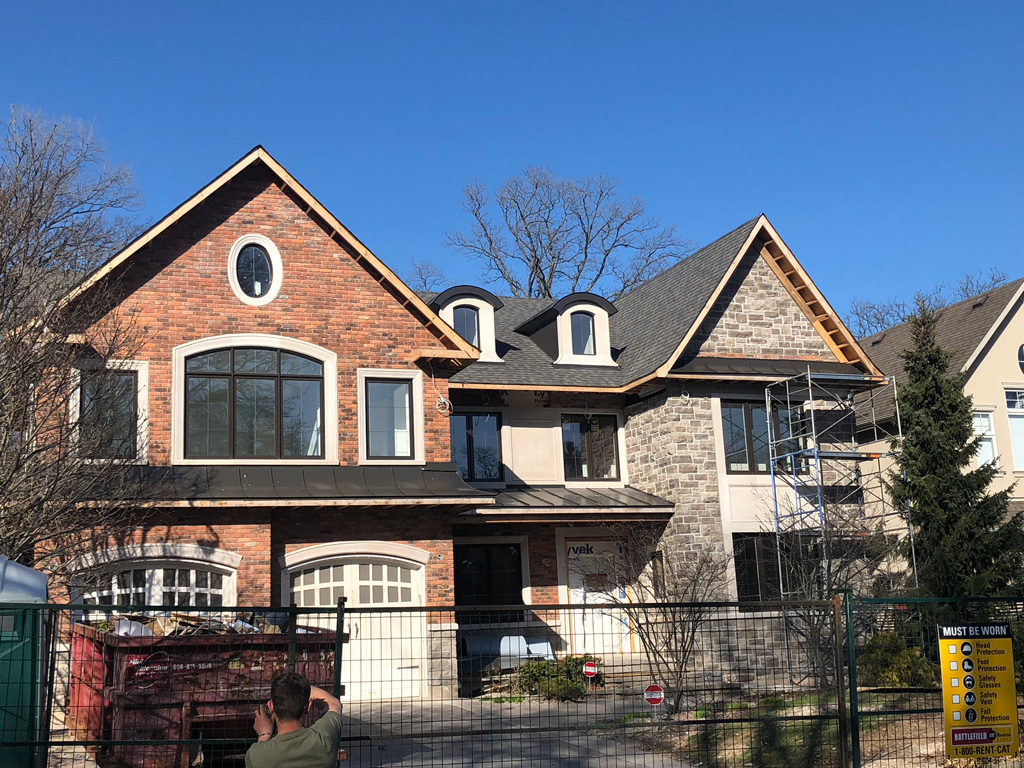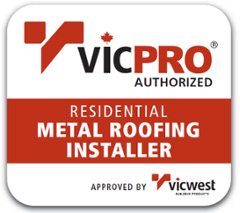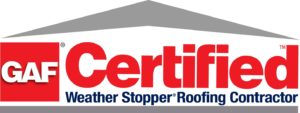When it comes to your roof, nothing but the best will do.
We work hard to ensure the safest, best trained, most knowledgeable workforce in the industry.
While previous generations may have been content to live in drafty houses, most people now want comfortable warm houses. A healthy house today is well sealed, well insulated and properly ventilated.
Insulation
Adding insulation beneath your roof can help control the temperature inside your home and thereby reduce what you spend to heat and cool it. Insulation is rated for its resistance to heat flow with an “R-Value.” The higher the R-Value, the greater the insulating power.
Different roof types and structures call for different types of insulation, the most common of which are:
- Batt-Type: fiberglass, mineral wool and cotton
- Loose-Fill: fiberglass, mineral fibre and cellulose fibre
- Spray-Applied: wet-spray cellulose, open-cell light density polyurethane and closed-cell medium density polyurethane
Another factor to consider when determining the type and amount of insulation you need is the climate in which you live.
Ultimately, your fuel savings from insulation will depend upon the climate, the type and size of your house, the amount of insulation already in your house, your energy use patterns and family size. To get the marked R-Value of any insulation, the insulation will need to be installed properly. The way the insulation is installed plays a large role in its effectiveness. Compressing the insulation, leaving air spaces around the insulation and allowing air movement through the insulation all reduce the actual R value of the insulation.
Depending on the level of insulation you choose, you could be eligible for a federal energy efficiency tax credit for insulating your home.

GET A QUOTE
Ventilation
Attic ventilation is an important part of a roofing system. It helps to extend the life of a roof, prevent mold, guard against internal temperature extremes and reduces the cost of heating and cooling a home.
When Jay Carter Roofing & Sheet Metal installs a roofing system, attic ventilation is a part of the system.
For the life of your home, the health of its occupants and the good of the planet, building codes require attic ventilation through the roof. The material your roof is made of—as well as personal preference—will dictate which type of ventilation is right for your home.
Roof vents tend to be the most common source of leaks. Why? Because they were improperly installed or repaired.







